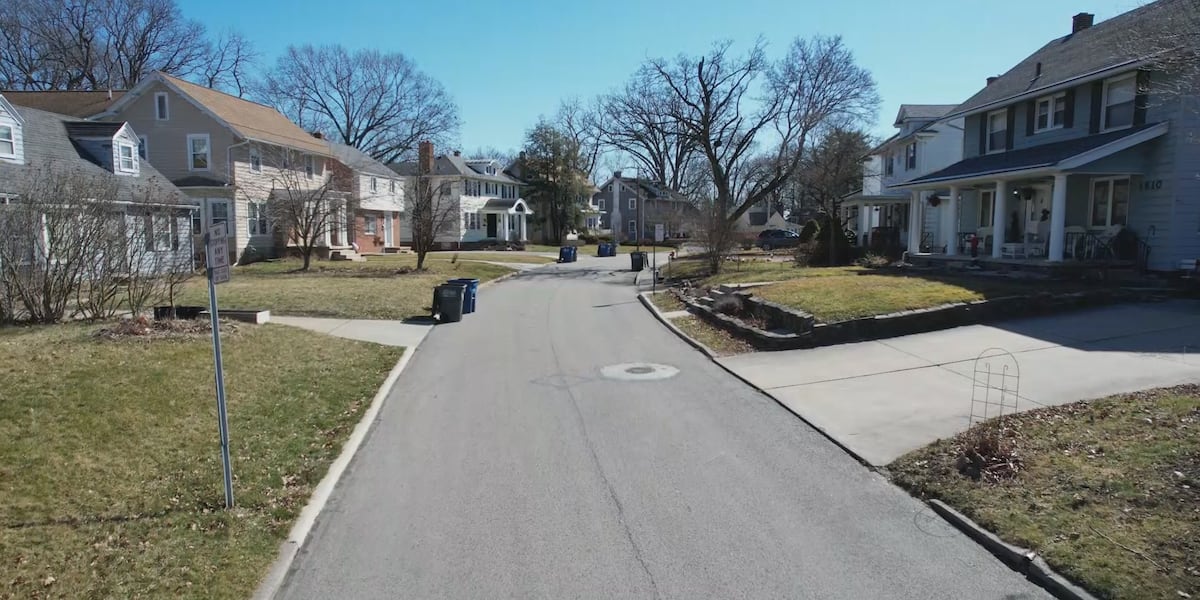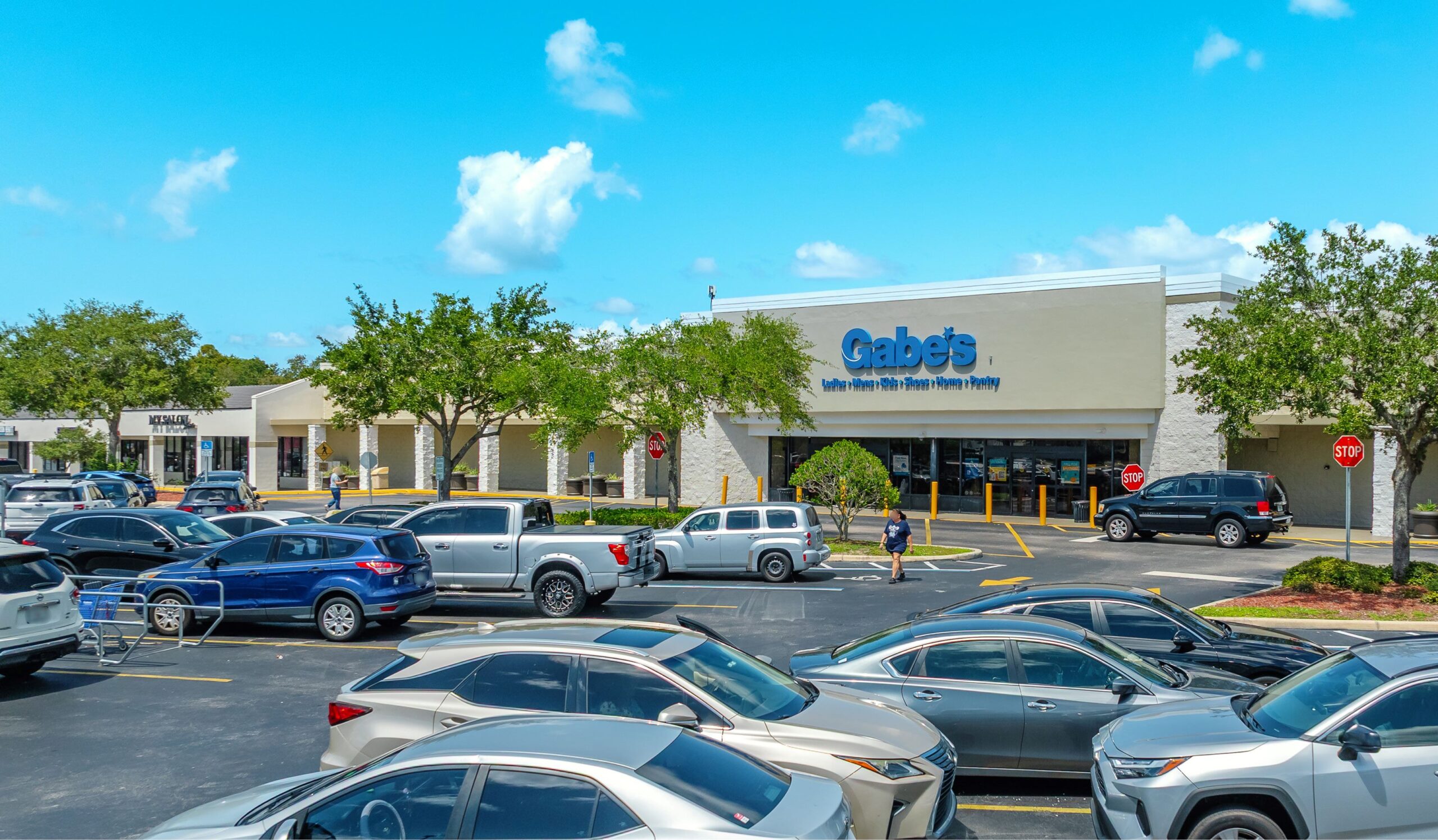T
he rise of electric vehicles (EVs) is transforming not only transportation but also the residential real estate market. As EV adoption accelerates, homeowners' associations (HOAs) are becoming key battlegrounds for investors, policymakers, and residents. The tension between HOA governance and the demand for EV infrastructure creates both opportunities and risks for real estate investors.
Recent legal developments have significantly curtailed HOAs' ability to restrict EV charging stations. In California, Florida, Illinois, and Virginia, laws prohibit unreasonable denial of EV installations in designated parking spaces. Courts are increasingly siding with EV owners in disputes, signaling a shift: HOAs are losing their traditional authority to impose arbitrary restrictions.
Investors must assess the legal environment of a property's location. In states with strong EV-friendly laws, HOAs are compelled to accommodate installations, often with minimal input. Conversely, in states with weaker protections, legal battles may delay or block EV infrastructure, creating uncertainty. For example, in Virginia, HOAs can impose "reasonable" restrictions but cannot outright ban installations.
Properties with EV infrastructure are gaining value, with a 2024 study finding that homes within 0.6 miles of charging stations saw a 3.3% price premium. Retrofitting older properties to support EV infrastructure can be costly, with estimates ranging from $10,000 to $50,000 per unit for multifamily buildings.
Investors should prioritize markets where regulatory clarity exists, reducing the risk of protracted disputes. Properties in states like California and Florida offer lower legal risk and higher long-term value. When evaluating older properties, account for retrofitting costs and factor in utility rebates and federal grants to offset expenses.
To mitigate risks, work with HOAs to establish clear policies for EV charging station insurance. Requiring homeowners to carry umbrella liability coverage can help reduce exposure. Leverage data on property value gains to quantify the premium associated with EV infrastructure.
The intersection of EV adoption and HOA regulation is a microcosm of the broader shift toward sustainable living. Investors must navigate legal uncertainties while capitalizing on the financial upside of EV infrastructure. Properties that thrive in this new era will be those that adapt proactively, installing charging stations, updating governance policies, and aligning with state mandates.
The next decade will likely see a surge in EV-related litigation, insurance adjustments, and regulatory changes. Investors who act now by acquiring properties in EV-friendly markets and advocating for forward-thinking HOA policies will position themselves to reap the rewards of a greener, more connected future.













